Review, Wolfgang Smith, Theistic Evolution: The Teilhardian Heresy, Angelico Press/Sophia Perennis, 248pp. plus index I was wondering about Teilhard de Chardin’s pervasive influence on the modern Catholic Church, or perhaps […]
Read more

Review, Wolfgang Smith, Theistic Evolution: The Teilhardian Heresy, Angelico Press/Sophia Perennis, 248pp. plus index I was wondering about Teilhard de Chardin’s pervasive influence on the modern Catholic Church, or perhaps […]
Read more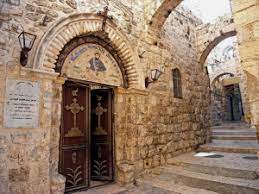
I thank His Excellency Bishop Jacob Barclay for this beautiful in prayer in both Syriac (using Hebrew Script) and English. In case you cannot read the inserted document, here is […]
Read more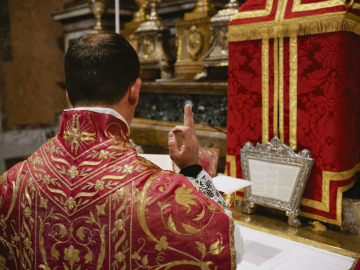
It seems clear that the replacement of Latin with other languages in Mose celebrations of the Novus Ordo Mass of the Latin Catholic Church, has led to a loss of […]
Read more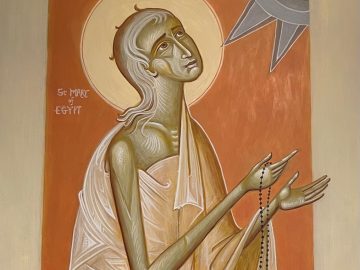
The icon of St Mary of Egypt with this post was written by a friend of mine: B(T)S. I have previously mentioned Blosian meditation twice, in connection with Monsignor Robert […]
Read more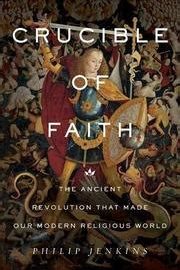
Philip Jenkins has produced an interesting work, Crucible of Faith: The Ancient Revolution that Made our Modern Religious World, Basic Books, NY (2017) His thesis is that: “So much of what we think […]
Read more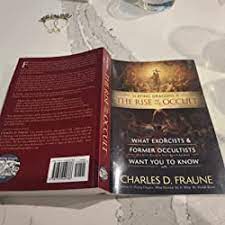
Review: Charles D. Fraune, Slaying Dragons II: The Rise of the Occult, Slaying Dragons Press, 2023, 355 pp. including references This is a good book, and an opportune one at […]
Read more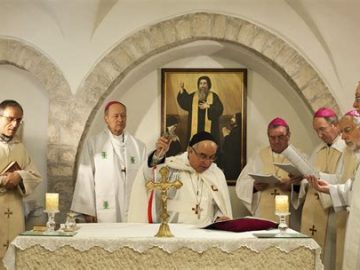
In their Introduction to Eastern Christian Liturgies (Liturgical Press, Collegeville, 2022) Alexopoulos and Johnson define “rite” as follows: A rite is a unique and integrated system of worship with its own rules […]
Read more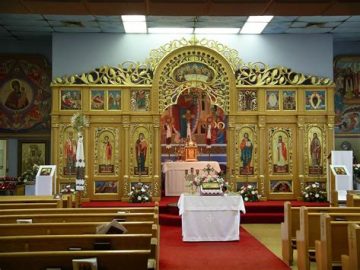
I have already mentioned in the two “Altars and Alterations” posts that Patriarch Dwayhi (also spelt Doueihy and many variants) said that in his day (he died in 1704), the […]
Read more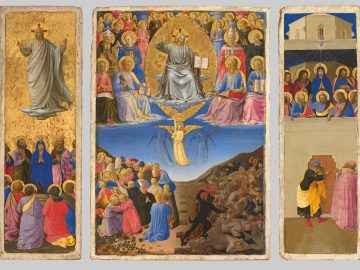
We all have a yearning in our hearts to be united with God. Whatever we may own or enjoy in this world, to be joined with God exceeds them all. […]
Read more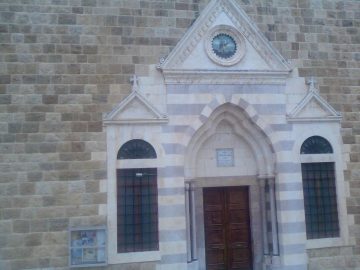
Part One In about 2011, HarperCollins published Norris J. Chumley’s Mysteries of the Jesus Prayer. It is not an uninteresting book, as a travelogue, but its value for me lies […]
Read more